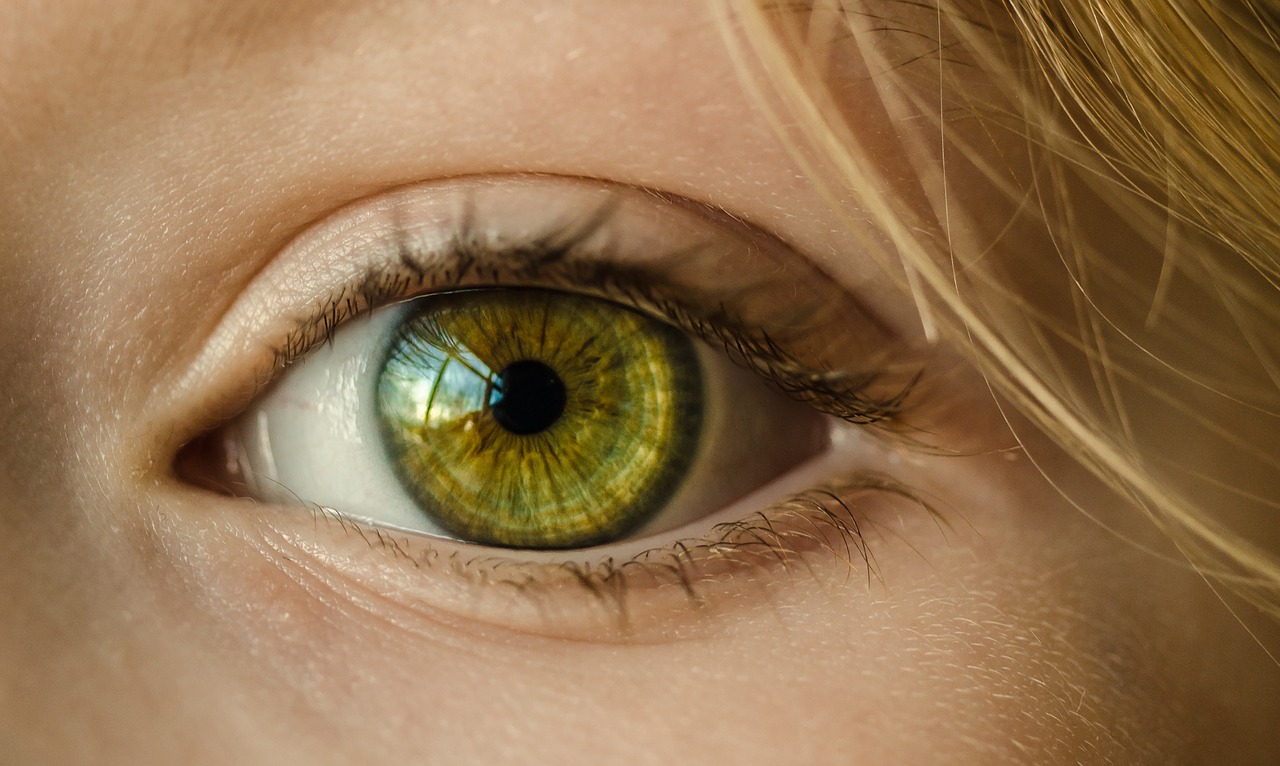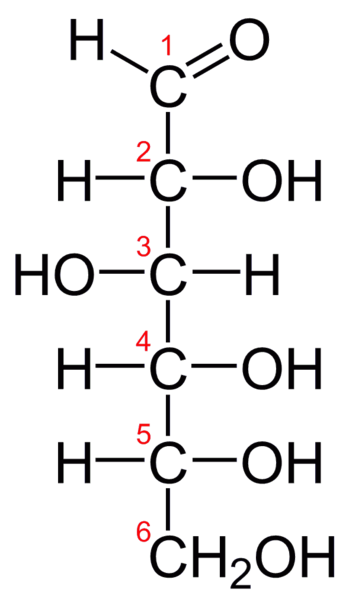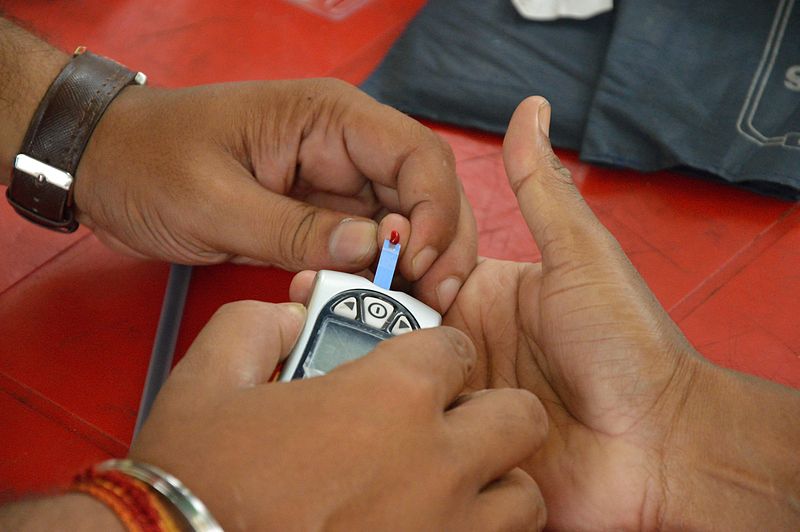SMART CONTACT LENSES: Diabetes Monitoring Made Easy!!!
Diabetes has been a challenging ailment which require proper monitoring and management. The increase in the numbers of diabetic patients is so alarming and has to be checked before it gets out of hand.
In this context, the impact of science and technology can not be over emphasized. It has made life much more easier and comfortable for each and everyone of us. Years back, there was nothing like the Internet and the amazingly smart phones we all have these days.
However, with the help of science and technology, we now live in a connected world where we can share ideas with people without seeing or knowing them in person. It is the only reason why we can have a platform like Hive anyways!
Science and technology has also helped to advance the cause of humanity when it comes to health! One of the many impacts which this article will discussed is centered on; The Invention of Biosensor Contact Lenses which help in monitoring blood sugar level and also aids the proper management of diabetes in diabetic patients

Contact lenses as we all know are majorly used for eye defect correction and cosmetic purposes. Personally I thought they were mainly used for fashion because I do see lots of ladies fixing different colors of contact lenses. Turns out I was wrong because i recently found an interesting application of contact lenses which I am sure many of us might not know about!
To kick things off, below is a brief explanation of what diabetes really entails.
WHAT IS DIABETES
Diabetes these days is a chronic disease which affects metabolic processes within the body. It occurs when there is inadequate production of insulin from the Pancreas in order to breakdown the blood glucose/sugar.
It could also occur when the response of blood cells to production of insulin is ineffective enough to break down the blood glucose/ sugar.
TYPES OF DIABETES
There are various types of Diabetes experienced by humans. They are:
Type I Diabetes:
This occurs when the body fails to produce insulin. It consequently leads to the accumulation of sugar in the blood and patients with this type of diabetes need to take artificial insulin daily in order to stay alive!
Type II Diabetes:
This type of diabetes affects the way the body cells use insulin (i.e the response to insulin produced within the body cells is declined). This is actually the most common type of diabetes and can be well managed.
Gestational Diabetes:
This type of diabetes mainly occurs in pregnant women. their body cells become less sensitive to insulin which might lead to an increase in their blood sugar level. There isn't much to worry about in this case since it occurs as a result of hormonal changes. Soon as the baby is delivered, this type of Diabetes is easily resolved.
NOTE: This occurs only in few pregnant women
Moving on, as a diabetic patient, it is essential to reduce the intake of sugary substances in other to prevent the accumulation of glucose/sugar within the blood. It is as well necessary to consistently monitor the blood sugar level so as to prevent complications which might result into stroke and other heart diseases. Nobody prays for complications, anyways!
Blood glucose (blood sugar) monitoring is the primary tool, which helps in ensuring the blood glucose level of a patient is within the healthy range.
The most commonly used method in measuring glucose level is the use of a Blood Glucose Test Meter. To actually assess the blood glucose level, the patients finger has to be prickled so as to enable the collection of a blood sample.
This method is popularly said to be not so patient friendly and time consuming! to solve this issue, there is a need to develop an easier means of monitoring the blood sugar levels of patients. Some bright minds actually came up with an awesome invention known as the Biosensor Contact Lens! It definitely removes pain caused by the prickling from the equation and helps to make patients more compliant with treatment!

Science never seizes to amaze me, i could never have imagined that Contact lenses could be put to use in such a phenomenal way! So if you are as curious as I was, the next question on your mind definitely is; How does it work?
HOW DOES IT WORKS?
To see a well labelled Diagram of the Biosensor Contact lens, please visit this site!
The biosensor contact lens contains a tiny and ultra slim microchip that is embedded in one of its thin concave sides. It contains an equally tiny antenna which sends data about the glucose measurement from the patient to his or her smartphone that has the corresponding software installed in it!
A detailed research on this sort of contact lens was conducted by You-Rong Lin and his colleagues. The research work discussed the Non invasive glucose monitoring with a contact lens and smartphone; be sure to check it out by clicking here
The key feature in this device is the reversible covalent interaction between phenylboric acid and glucose, which can provide a non invasive glucose sensor for diabetes patients. Sounds fascinating, right?

The phenylboric acid (PBA) based contact lens absorbs glucose which swells and increases the contact lens' thickness. This property helps to develop a reversible hydrogel that generates a continuous sensing through differential osmotic pressure.
The thickness of the contact lens is based on different concentration of glucose detected. And the light emitting diode device comes into action by emitting light to detect the change in thickness of the contact lens through the use of the smartphone installed application! (A big thumbs up to whoever sat down to think this through!)
Note: For proper illustrations of the Schematic of the PBA-based HEMA contact lens at different glucose levels. and a photograph of the imaging processing, Kindly click on this link.

The thickness of the contact lens is based on the concentration of glucose present within the tears produce from the eyes and this helps in knowing if the glucose level is high, low or within the healthy range (i.e. normal range.)
In Conclusion, the biosensor contact lens definitely has more advantages than the other methods used to detect glucose levels in diabetic patients! Some of the advantages include; portability, cost effectiveness, easy and rapid accurate diagnosis to reduce time spent and costs, to list a few!
I believe that the implementation of a wide acceptance and application of this novel technology will have a positive impact on our global health sector! There is almost no limits to what we can achieve when it comes to science, don't you agree?
Thanks for reading through hivers. Be sure to drop your comments and suggestions in the section below!

@tipu curate
Upvoted 👌 (Mana: 24/32)
This is absolutely amazing. the prospects of what we can achieve with science is just so great, i believe the sky is only the stepping stone. You did well coming up with this article and sharing with us all. thanks @adedoyin-g
Thanks for the complement...Yes , Science has a lot of prospect which i believe it will enhance our ways of life.
Of course. keep it up dear!
Congratulations @adedoyin-g! You have completed the following achievement on the Hive blockchain and have been rewarded with new badge(s) :
You can view your badges on your board And compare to others on the Ranking
If you no longer want to receive notifications, reply to this comment with the word
STOPDo not miss the last post from @hivebuzz:
Support the HiveBuzz project. Vote for our proposal!
Thanks for your contribution to the STEMsocial community. Feel free to join us on discord to get to know the rest of us!
Please consider supporting our funding proposal, approving our witness (@stem.witness) or delegating to the @stemsocial account (for some ROI).
Thanks for using the STEMsocial app and including @stemsocial as a beneficiary, which give you stronger support.
I have read quite a lot of articles on Diabetes, but i cant remember reading one as comprehnsive and as easily understood aa this. Well done.
Wow as a Type 1 Diabetic for over 25+ years I am very impressed on how informative this article was!
I am so excited for what science has in store for all of us Diabetics holding on to hope for the future of managing this disease.